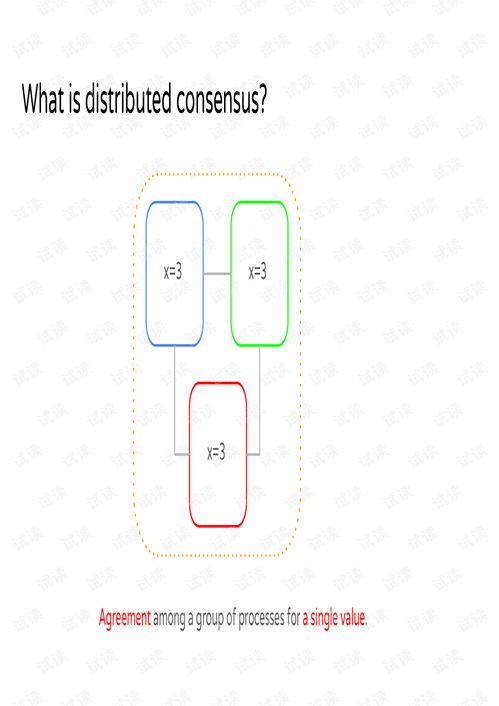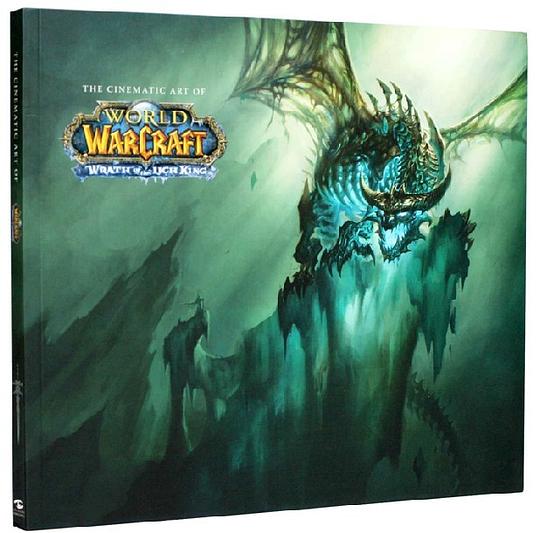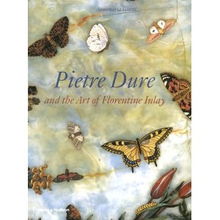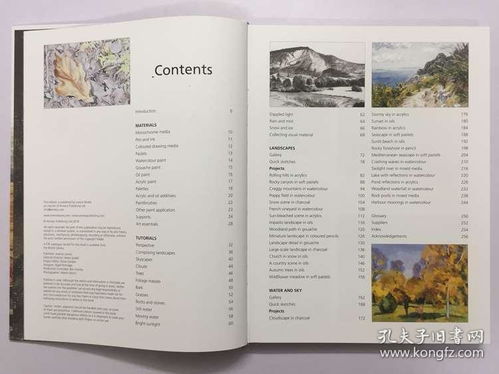Content:
Are you a beginner looking to dive into the world of fishing? Do you want to learn the ins and outs of choosing the right bait and mastering the art of fishing? Look no further! This article will provide you with valuable tips and techniques to help you become a successful angler.

Understand the Basics
Before you start fishing, it's essential to understand the basics. Familiarize yourself with the different types of fishing rods, reels, lines, hooks, and lures. This knowledge will help you make informed decisions when selecting your equipment and bait.
Research the Fish You Want to Catch
Different fish species have varying preferences when it comes to bait. Research the fish you want to catch, and understand their feeding habits, preferred environments, and favorite types of bait. This information will help you choose the right bait for your fishing adventure.
Choose the Right Bait
There are several types of bait to choose from, including live bait, artificial bait, and prepared bait. Here's a breakdown of each:
a. Live Bait: Live bait, such as worms, minnows, or crickets, is often the most effective choice for catching fish. Live bait is appealing to fish because it moves naturally in the water, mimicking real prey. However, it can be time-consuming to catch and maintain.
b. Artificial Bait: Artificial bait, such as lures, spinners, and flies, is designed to mimic the movement and appearance of real prey. It's a great option for beginners, as it's easy to use and doesn't require the same level of maintenance as live bait. Plus, you can experiment with different colors, shapes, and sizes to see what works best.
c. Prepared Bait: Prepared bait, such as dough baits, corn, or bread, is a simple and cost-effective option. While it may not be as effective as live or artificial bait, it can still be a good choice for catching panfish and other species.
Master the Art of Baiting Your Hook
Properly baiting your hook is crucial for a successful fishing trip. Here's a step-by-step guide to help you get started:
a. Cut the bait to the appropriate size: Make sure the bait is small enough to fit comfortably on the hook without covering it entirely.
b. Thread the bait onto the hook: Slide the bait onto the hook, ensuring it's securely attached. For live bait, you may need to thread the bait onto the hook using a baiting tool or your fingers.
c. Adjust the bait: Once the bait is on the hook, adjust it to ensure it's positioned correctly. For example, if you're using a worm, you may want to thread it through the middle so it wiggles naturally.
Learn the Art of Casting
Casting is a fundamental skill for any angler. Here's a basic casting technique to help you get started:
a. Hold the rod with both hands: Place your index finger and thumb on the reel handle, and grip the rod with your other hand.
b. Load the rod: Start by winding the line around the rod's guides, then take a few steps back and begin winding the line with your reel.
c. Aim and cast: Aim your rod at the desired target, then swing the rod back and forth to propel the bait into the water.
Patience is Key
Fishing is a patient sport. Don't get discouraged if you don't catch anything right away. Keep experimenting with different baits, techniques, and locations until you find what works best for you.
Safety First
Always prioritize safety when fishing. Wear a life jacket if you're in a boat, and be aware of your surroundings. Additionally, learn how to handle fish properly to ensure their survival.
In conclusion, becoming a successful angler takes time, practice, and patience. By understanding the basics, researching the fish you want to catch, choosing the right bait, mastering the art of baiting your hook, learning the casting technique, and prioritizing safety, you'll be well on your way to a fulfilling fishing experience. Happy fishing!












